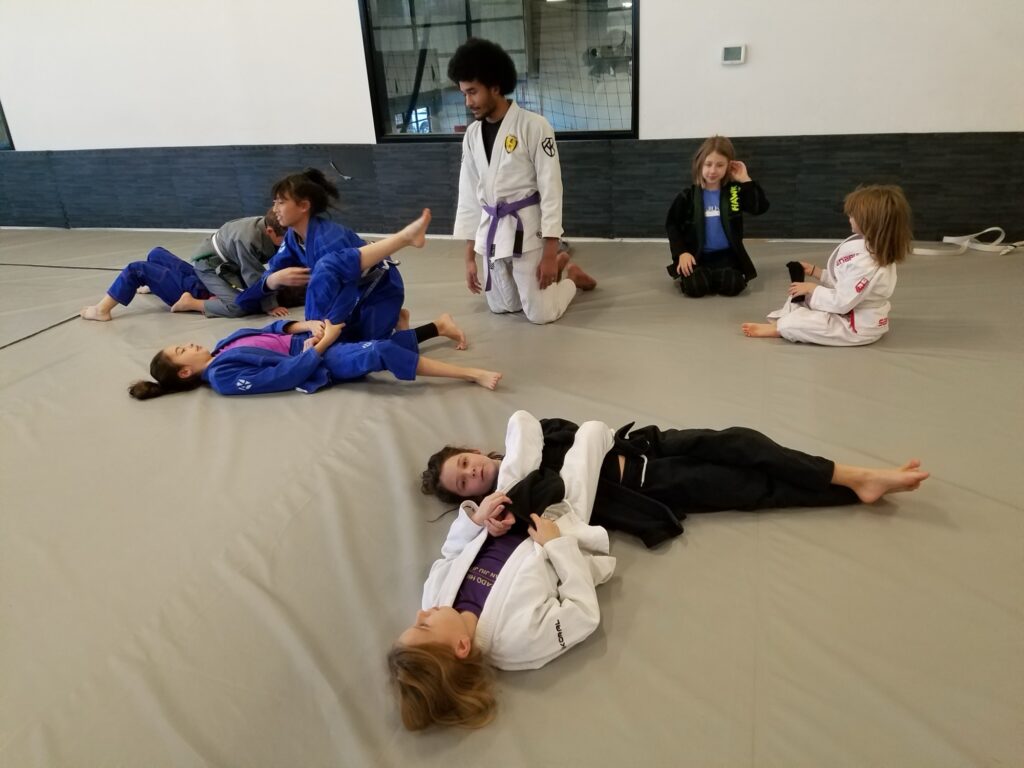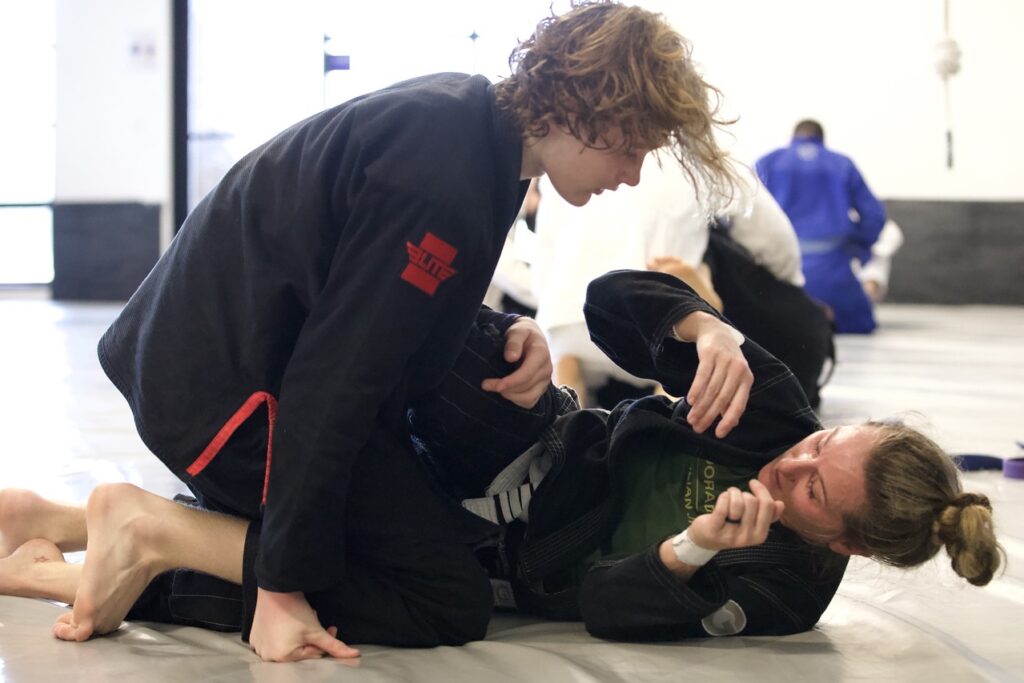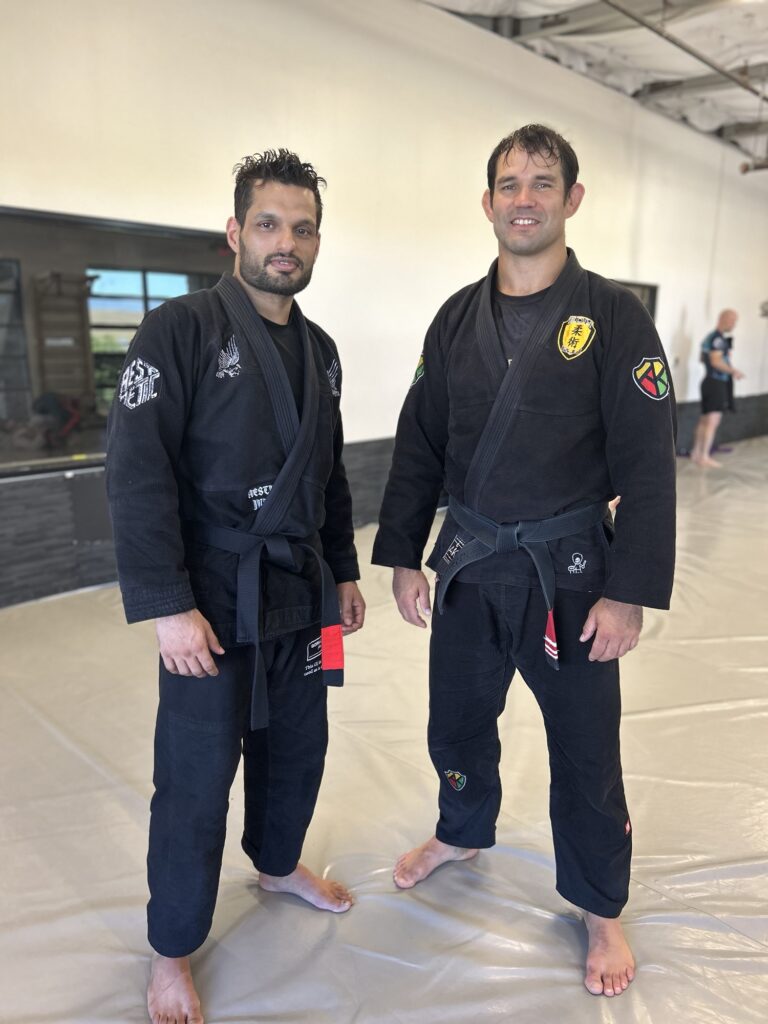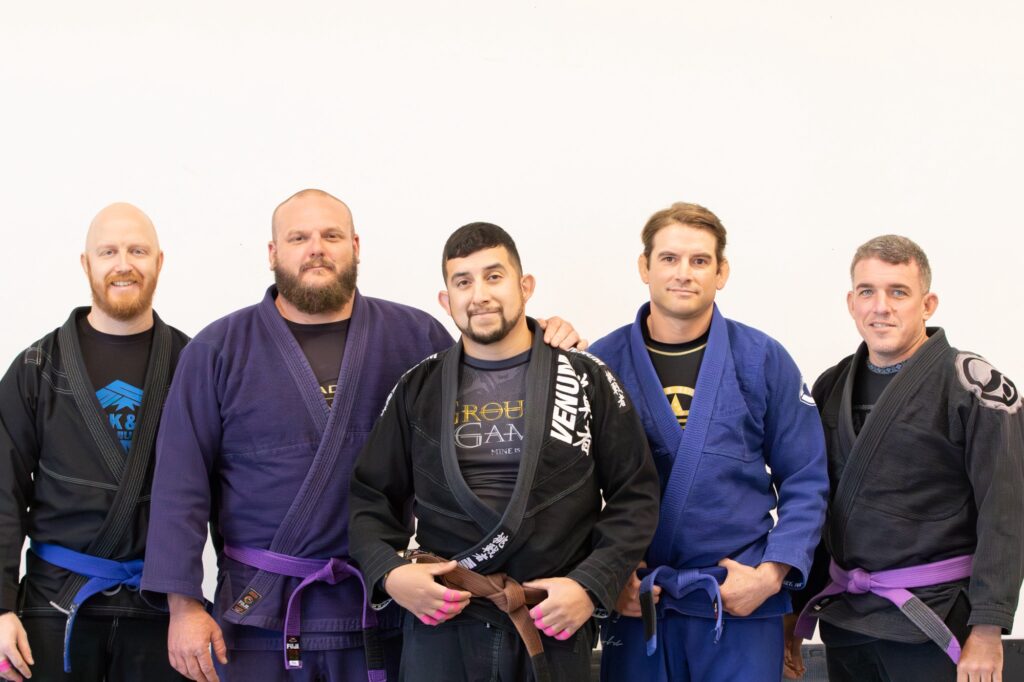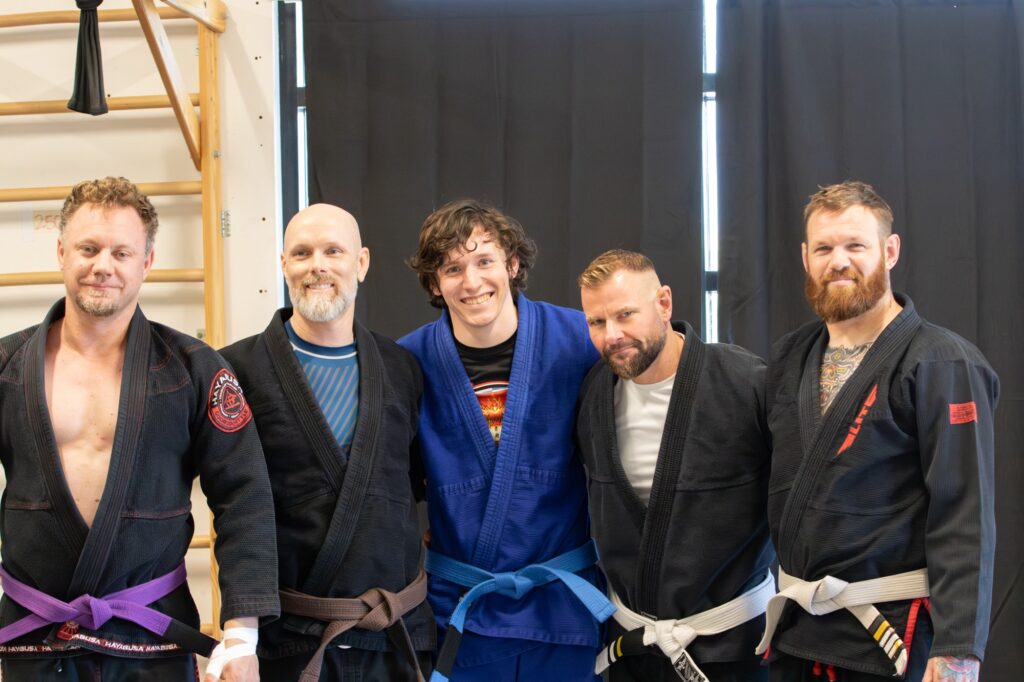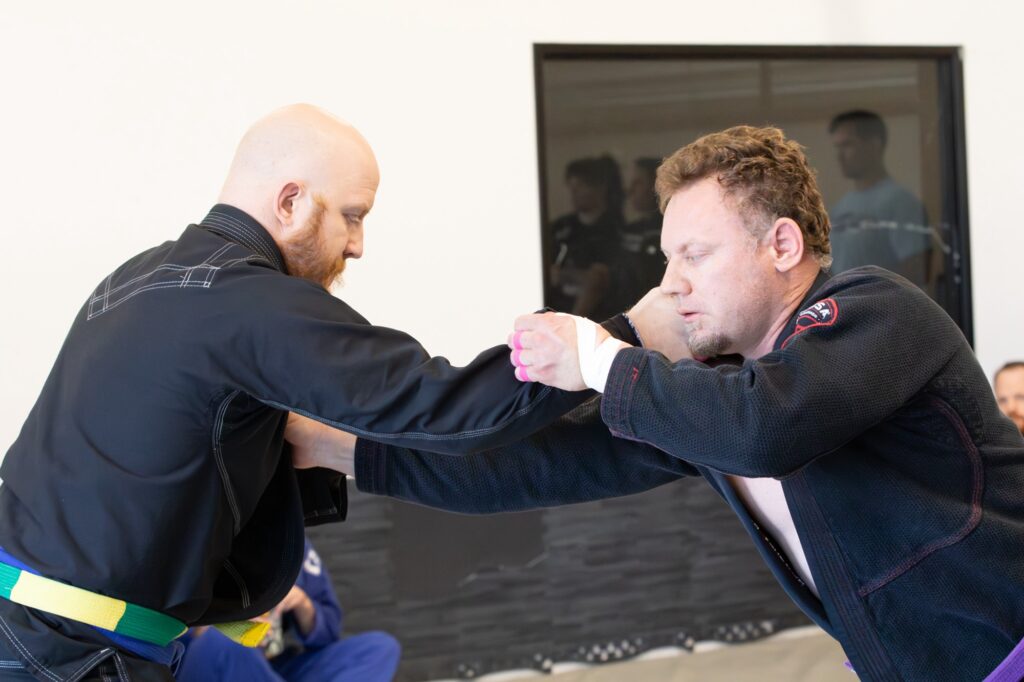When we trace the lineage of Brazilian Jiu Jitsu, one of the most fascinating branches we encounter is Kosen Judo—a specialized style of judo that emphasizes groundwork (newaza). At El Dorado Hills Jiu Jitsu, we strive to honor the traditions that have shaped the art we practice today, and Kosen Judo holds a unique place in that history.
What is Kosen Judo?
Kosen Judo originated in Japan in the early 20th century, gaining popularity in high schools and universities. While traditional judo, developed by Jigoro Kano, emphasizes a balance between throwing techniques (nage waza) and groundwork, Kosen Judo became renowned for its focus on grappling on the mat.
The name “Kosen” refers to higher education institutions, as it was primarily practiced in academic settings. Competitions often featured prolonged exchanges in newaza, allowing practitioners to develop intricate submissions, escapes, and positional control.
Kosen Judo’s Role in the Evolution of Jiu Jitsu
Kosen Judo significantly influenced the development of Brazilian Jiu Jitsu. Mitsuyo Maeda, a judoka trained in both traditional and Kosen-style techniques, brought his skills to Brazil in the early 1900s. Maeda’s teachings, combined with the innovations of the Gracie family, evolved into what we now recognize as Brazilian Jiu Jitsu.
One of the key contributions of Kosen Judo to modern Jiu Jitsu is its focus on positional hierarchy and submissions. Techniques like guard passing, sweeps, and transitions from guard to dominant positions stem from Kosen principles. These foundational concepts are still core to the curriculum we teach at El Dorado Hills Jiu Jitsu.

Why Kosen Judo Matters Today
In an age where combat sports often emphasize athleticism and explosive techniques, Kosen Judo reminds us of the art of patient, methodical grappling. By studying the principles of Kosen Judo, practitioners can deepen their understanding of leverage, timing, and strategy on the mat.
For students at El Dorado Hills Jiu Jitsu, exploring Kosen Judo serves as a bridge between tradition and modernity. It connects us to the historical roots of groundwork while reinforcing the techniques and strategies we use every day.
Bringing Kosen Principles to Your Training
If you’re interested in incorporating Kosen Judo-inspired techniques into your Jiu Jitsu journey, consider focusing on the following:
• Guard Retention and Sweeps: Kosen practitioners excelled in using guard to control and reverse opponents. Dedicate time to perfecting your sweeps and escapes.
• Submission Chains: Develop the ability to transition smoothly from one submission attempt to another. This is a hallmark of Kosen-style grappling.
• Patience in Positional Control: Embrace the mindset of controlling the position before advancing or submitting.

Honoring Tradition at El Dorado Hills Jiu Jitsu
At El Dorado Hills Jiu Jitsu, we believe in respecting the roots of our art while continuously evolving as practitioners. By studying the history and techniques of Kosen Judo, we not only improve our skills but also deepen our appreciation for the rich heritage of grappling.
Whether you’re a seasoned competitor or a beginner on the mats, learning about Kosen Judo can inspire new perspectives and approaches in your training. Join us in exploring the timeless principles that connect Jiu Jitsu to its judo origins.
See you on the mat!

